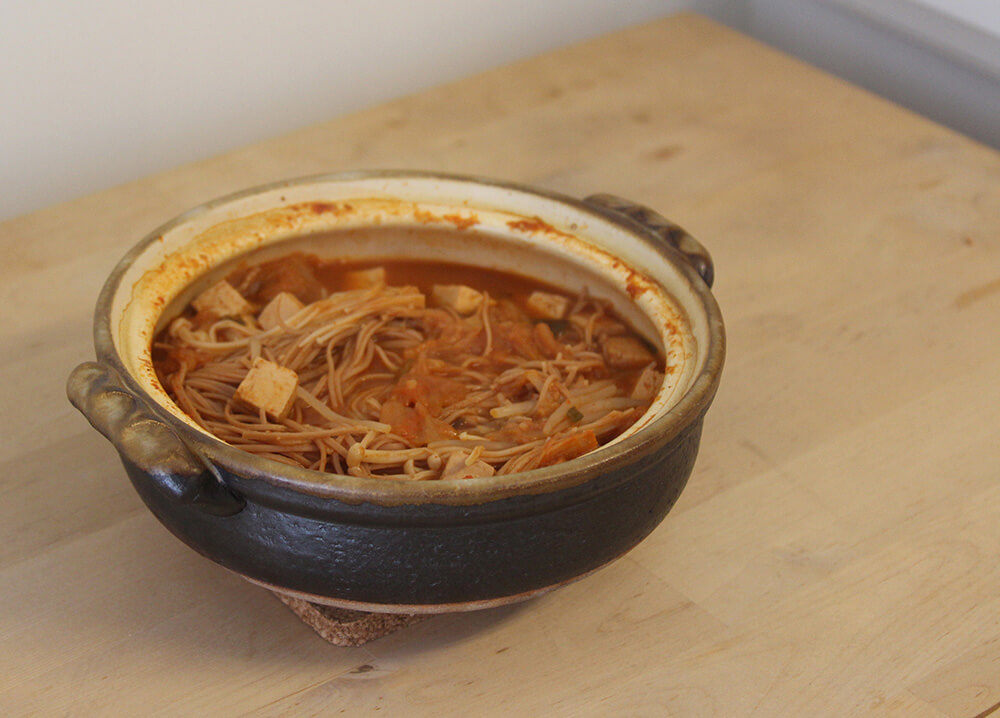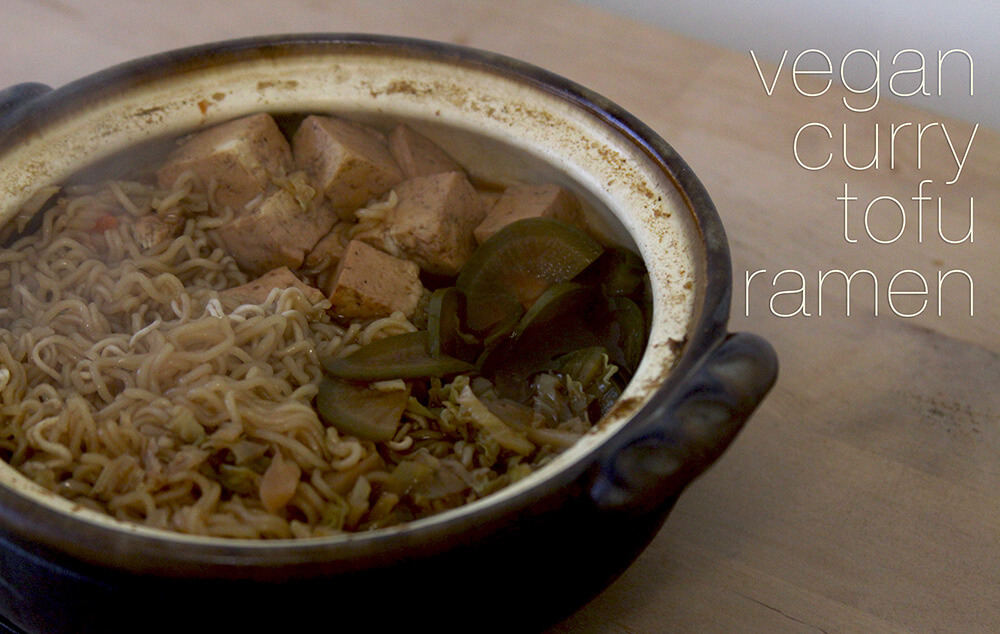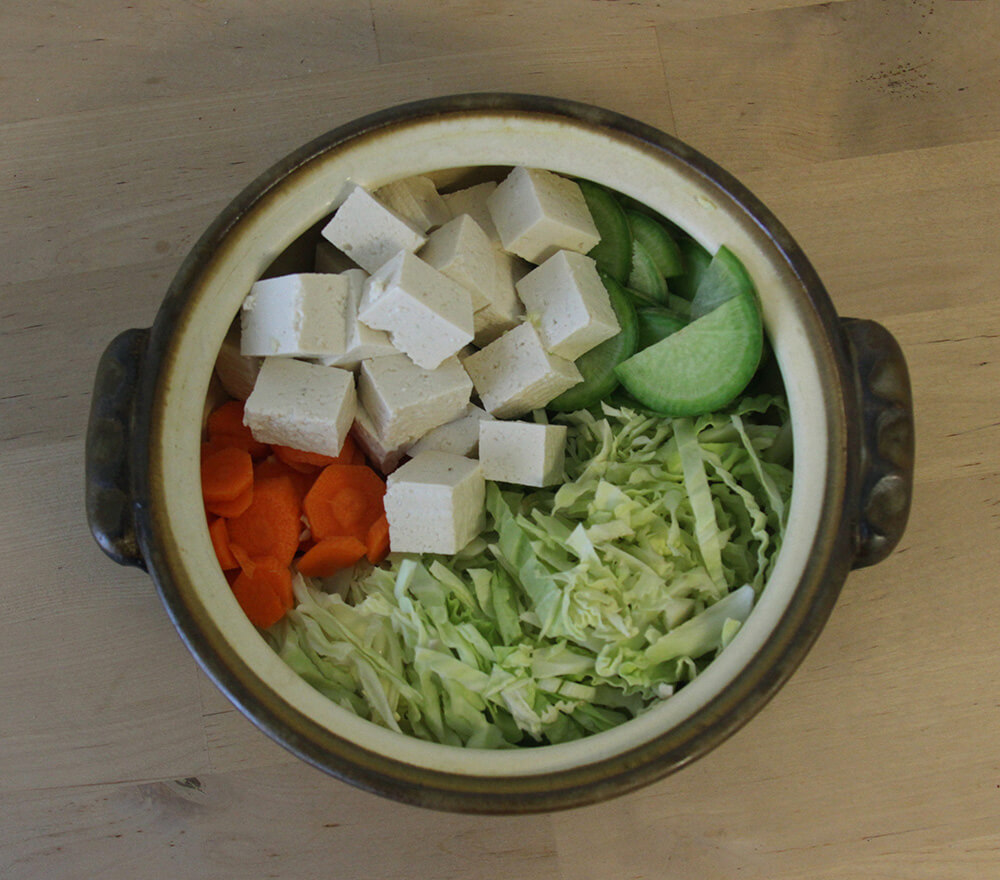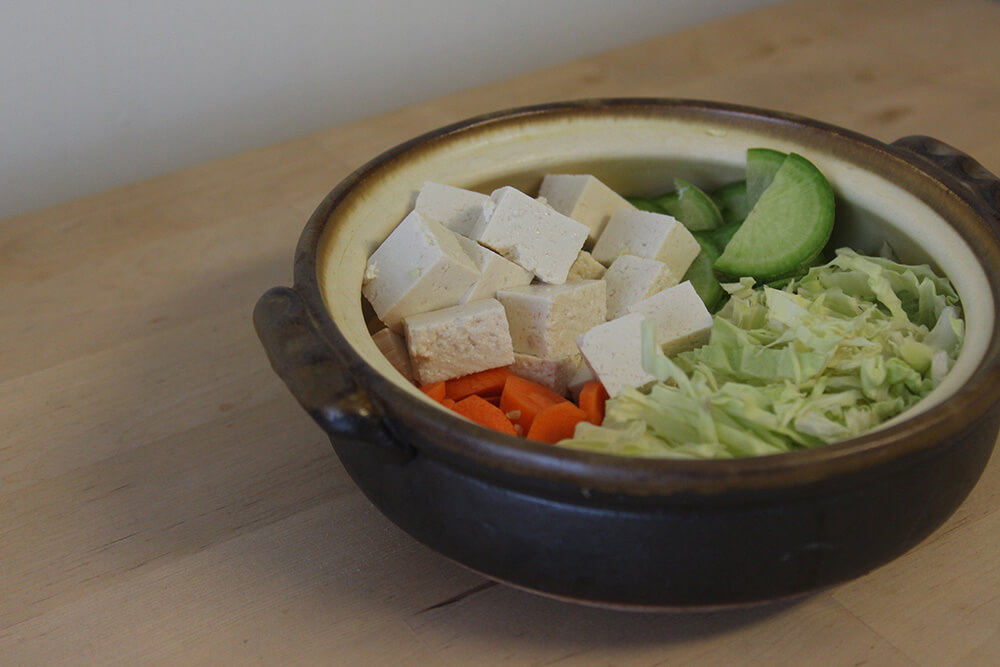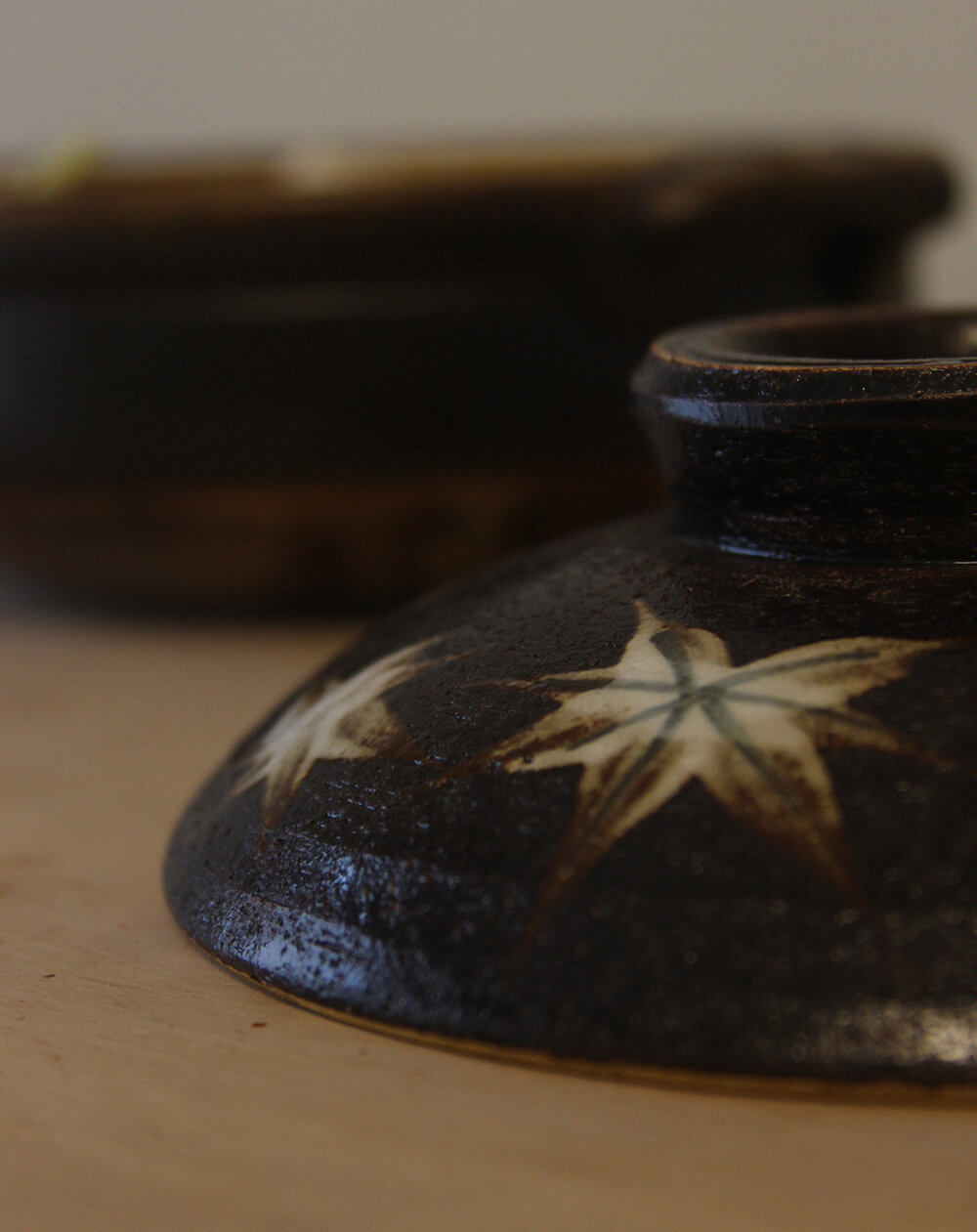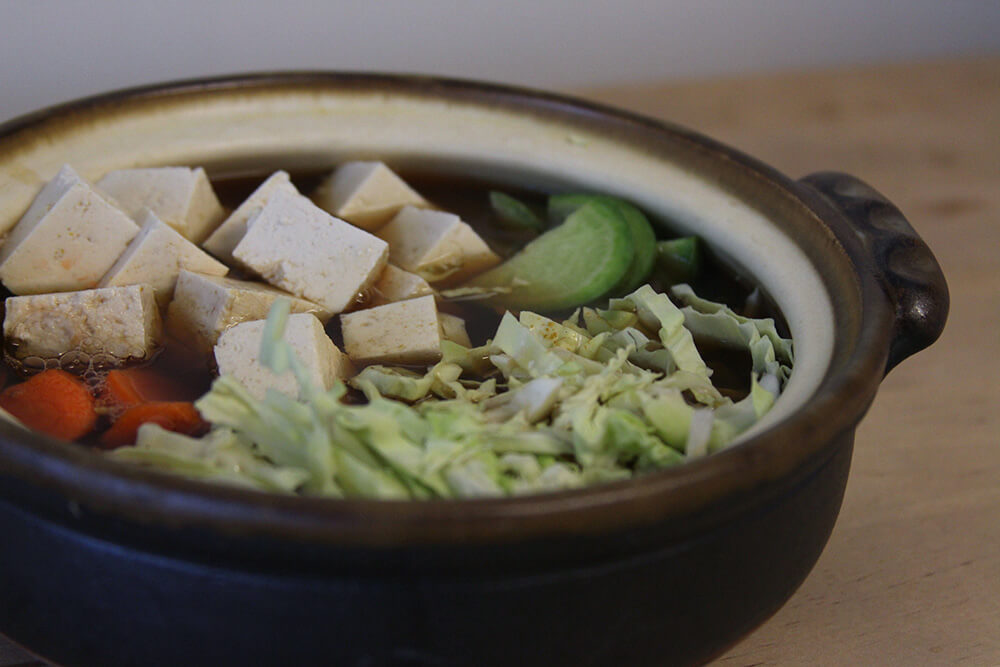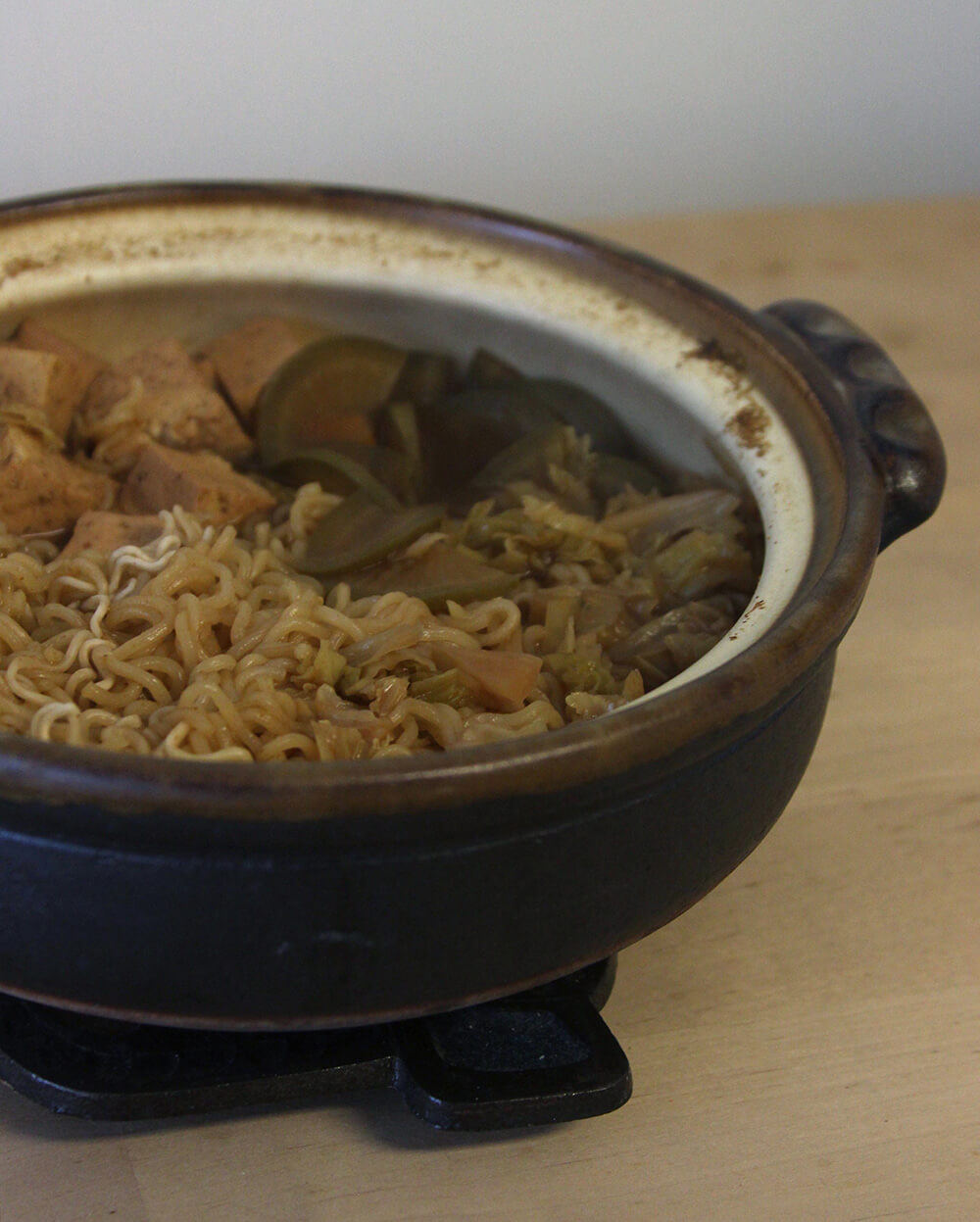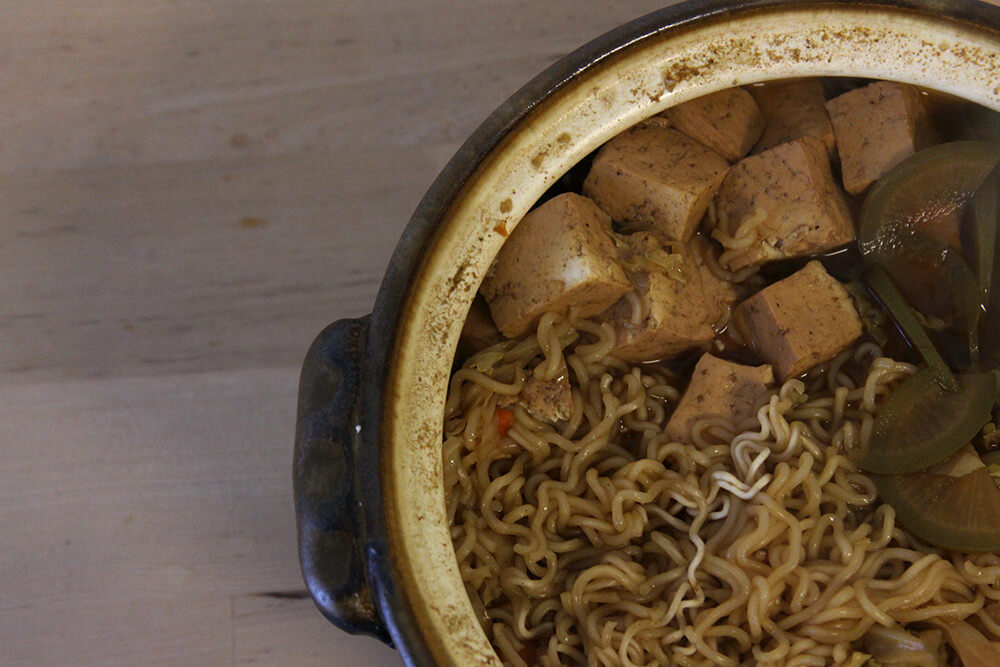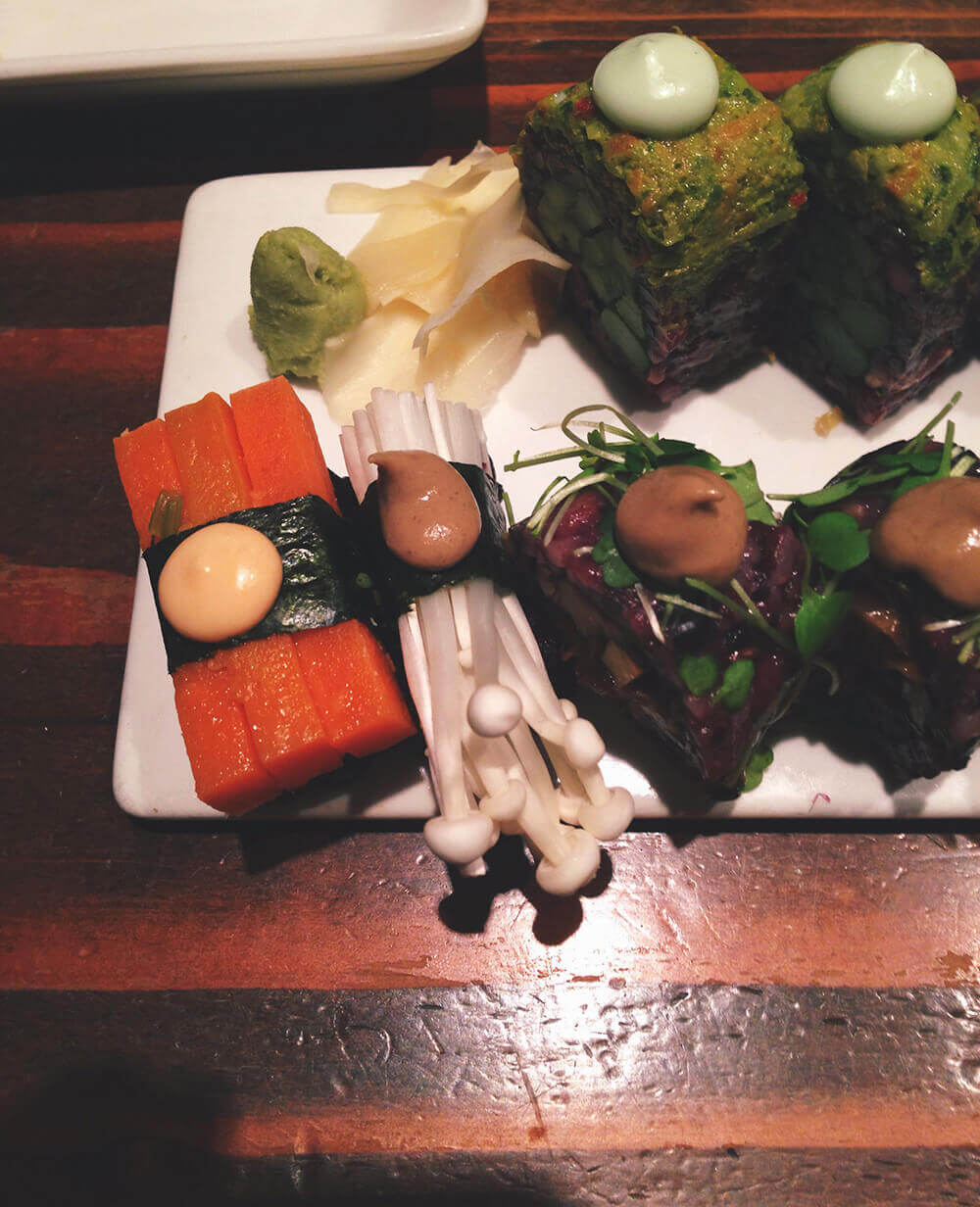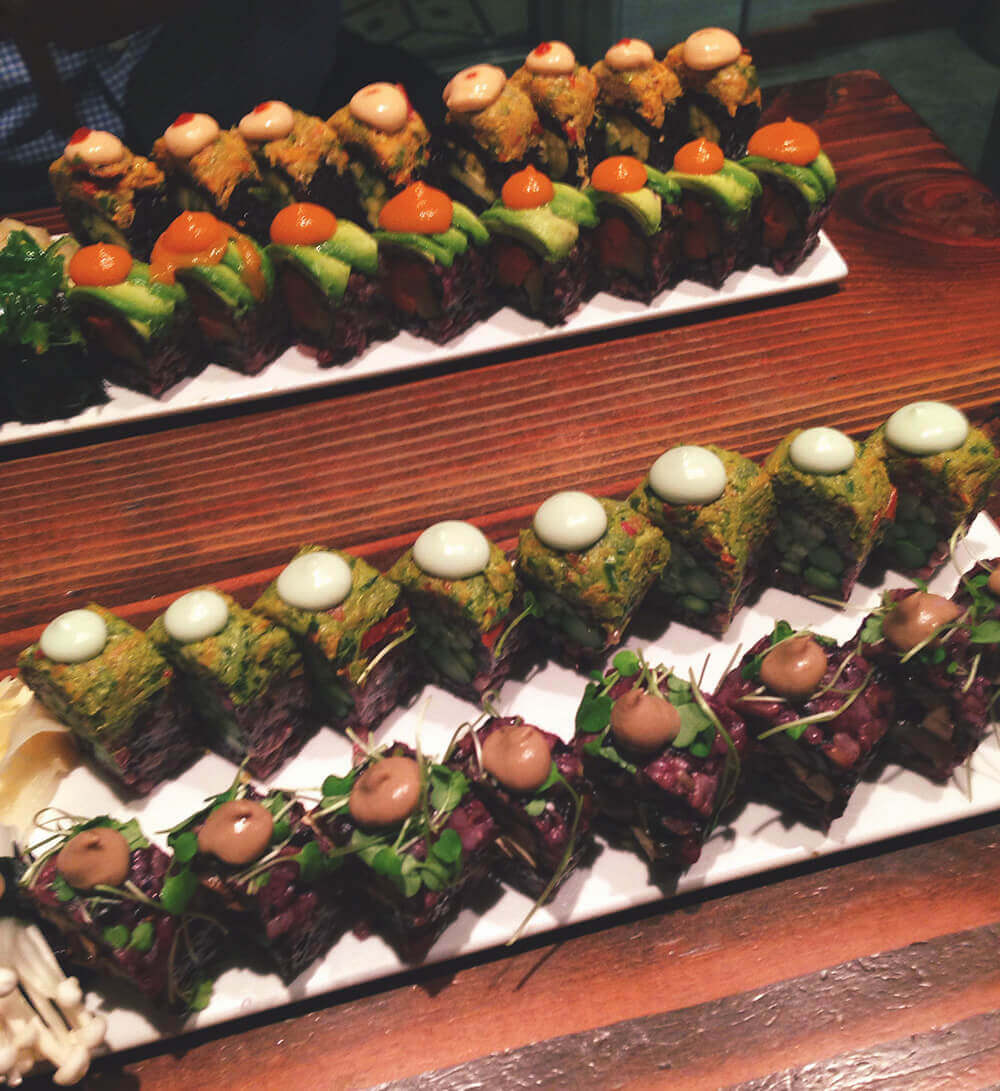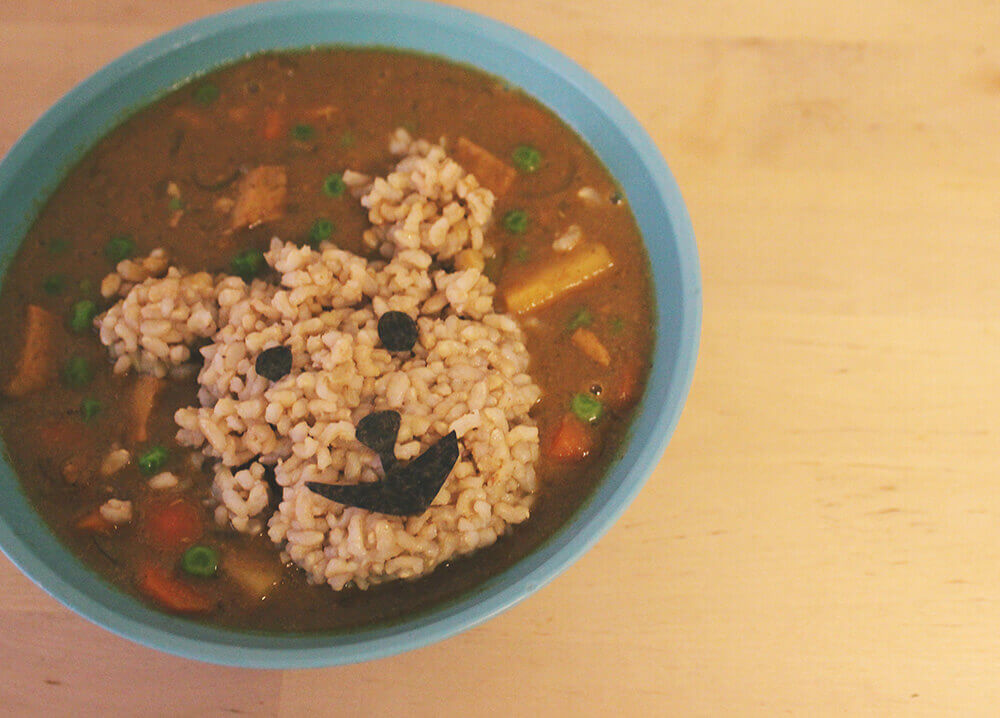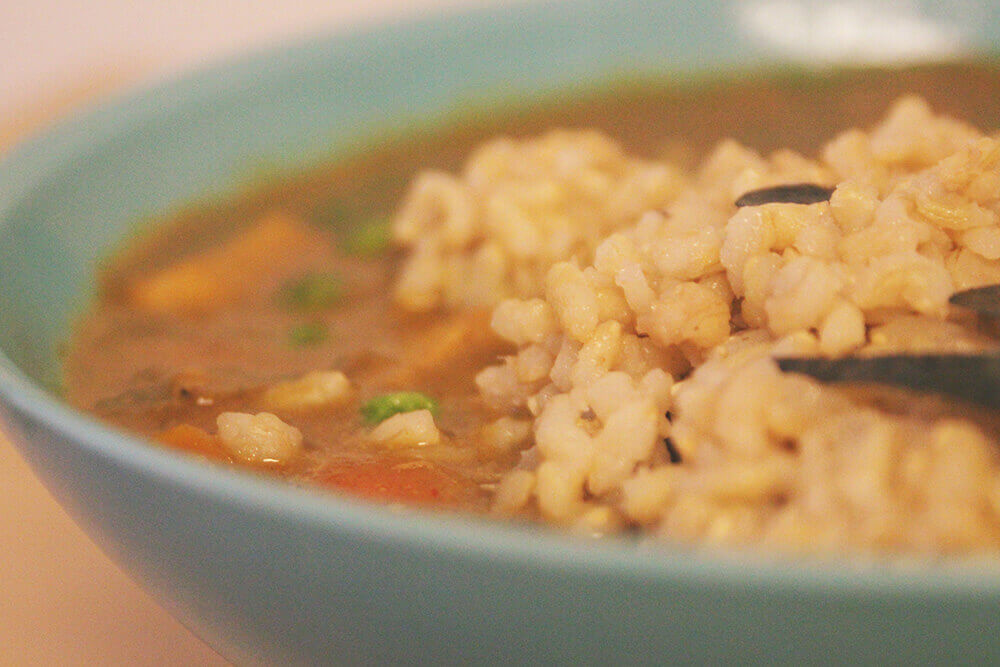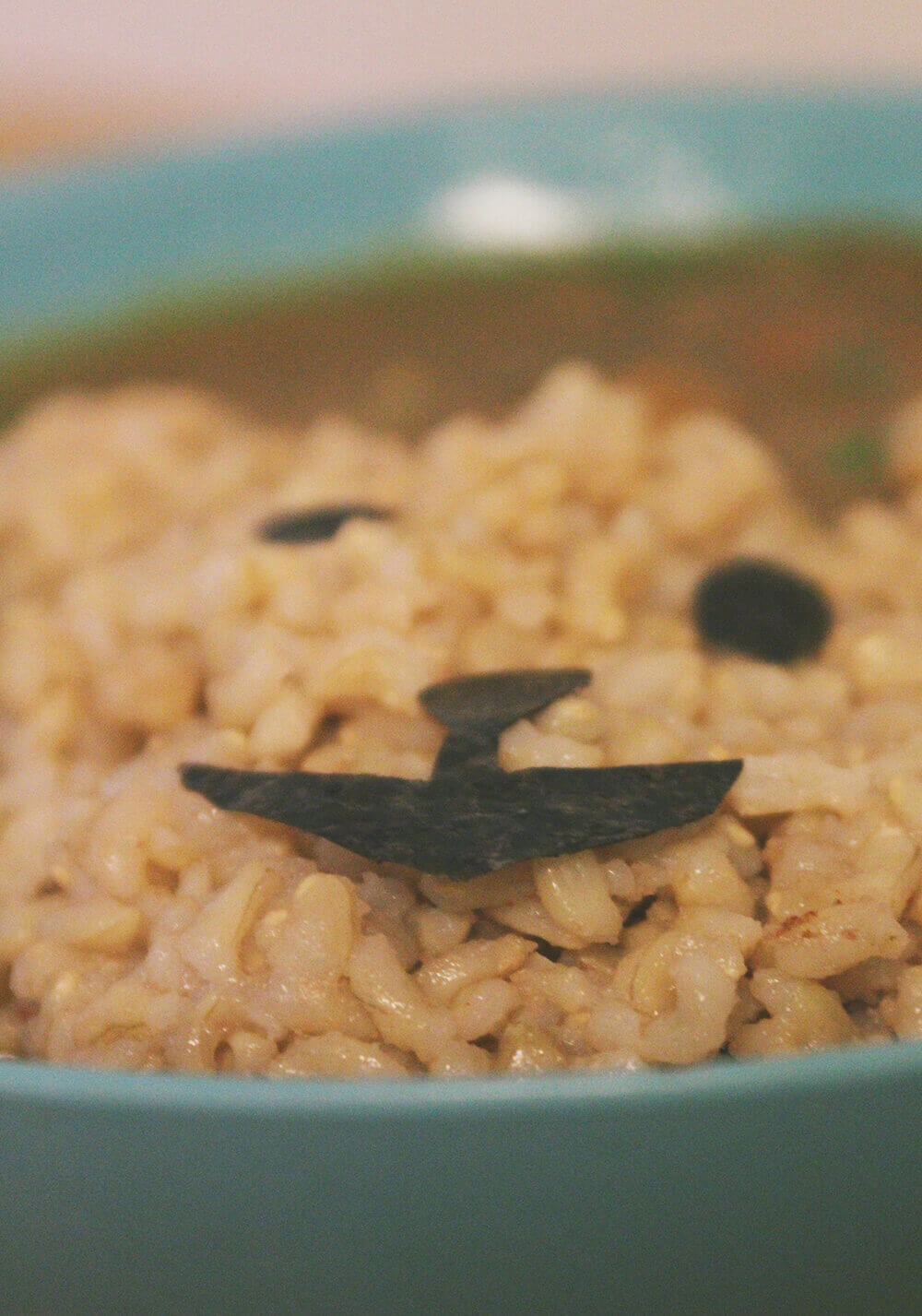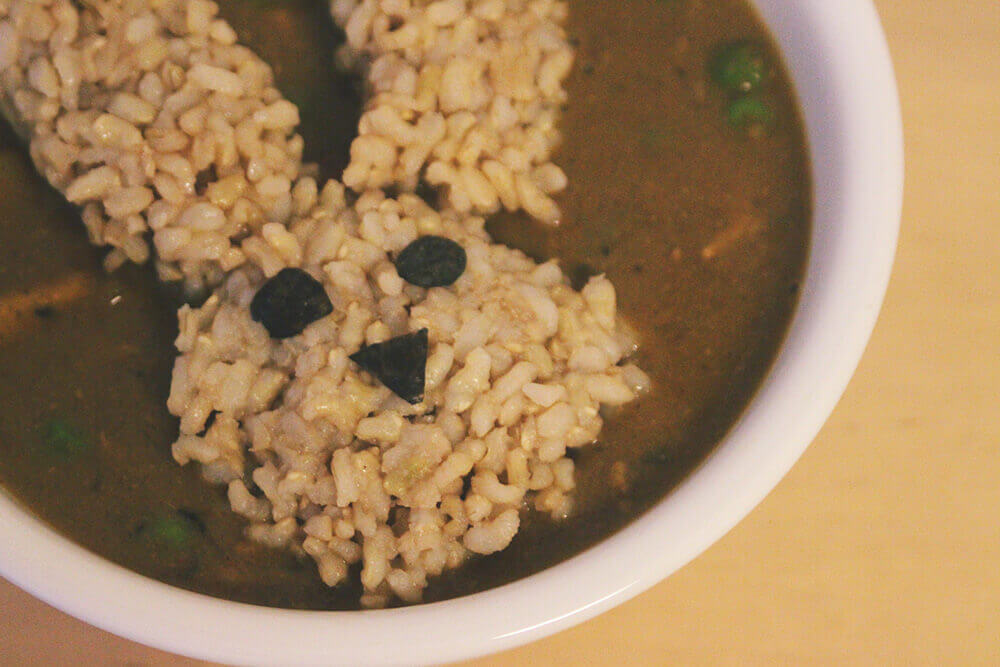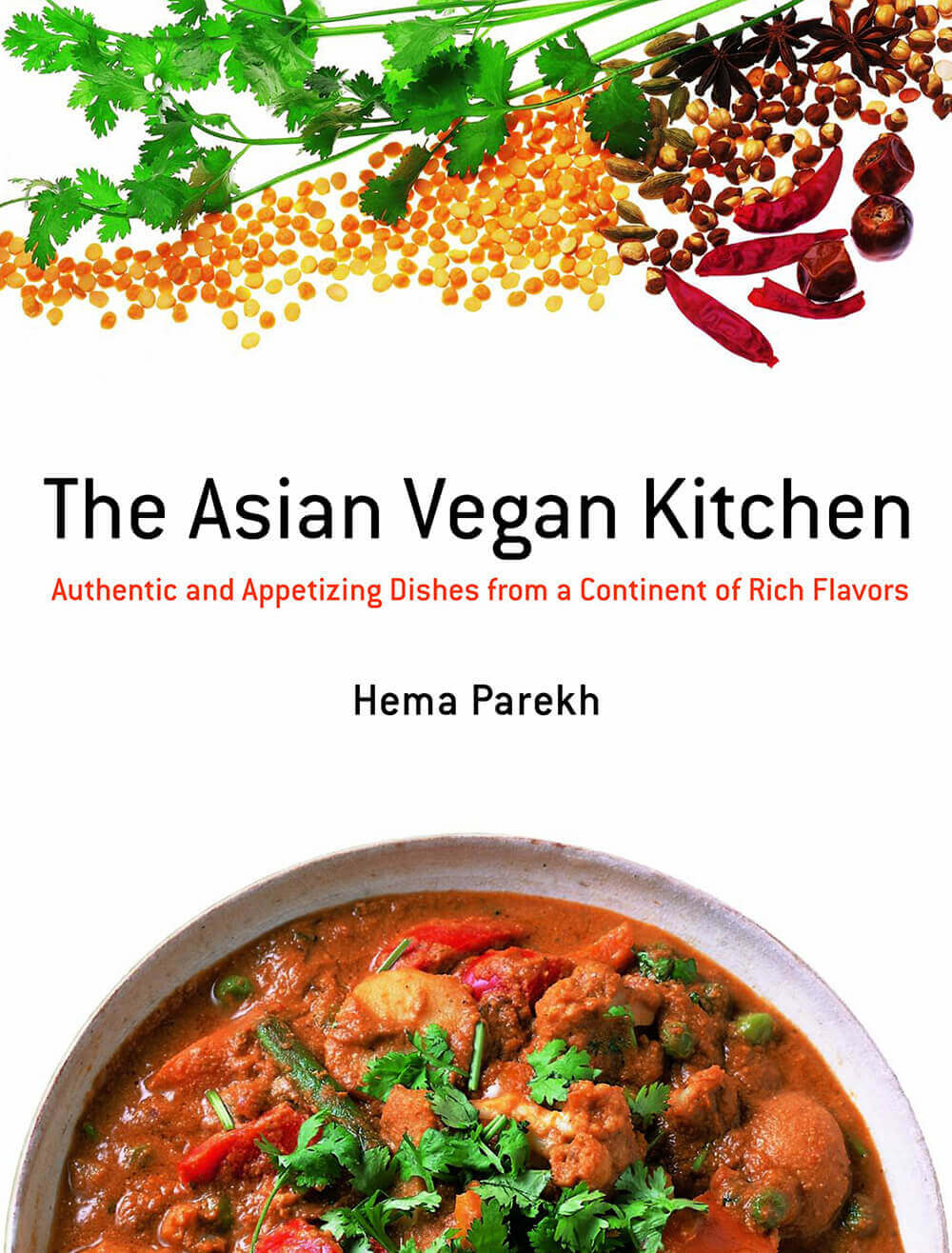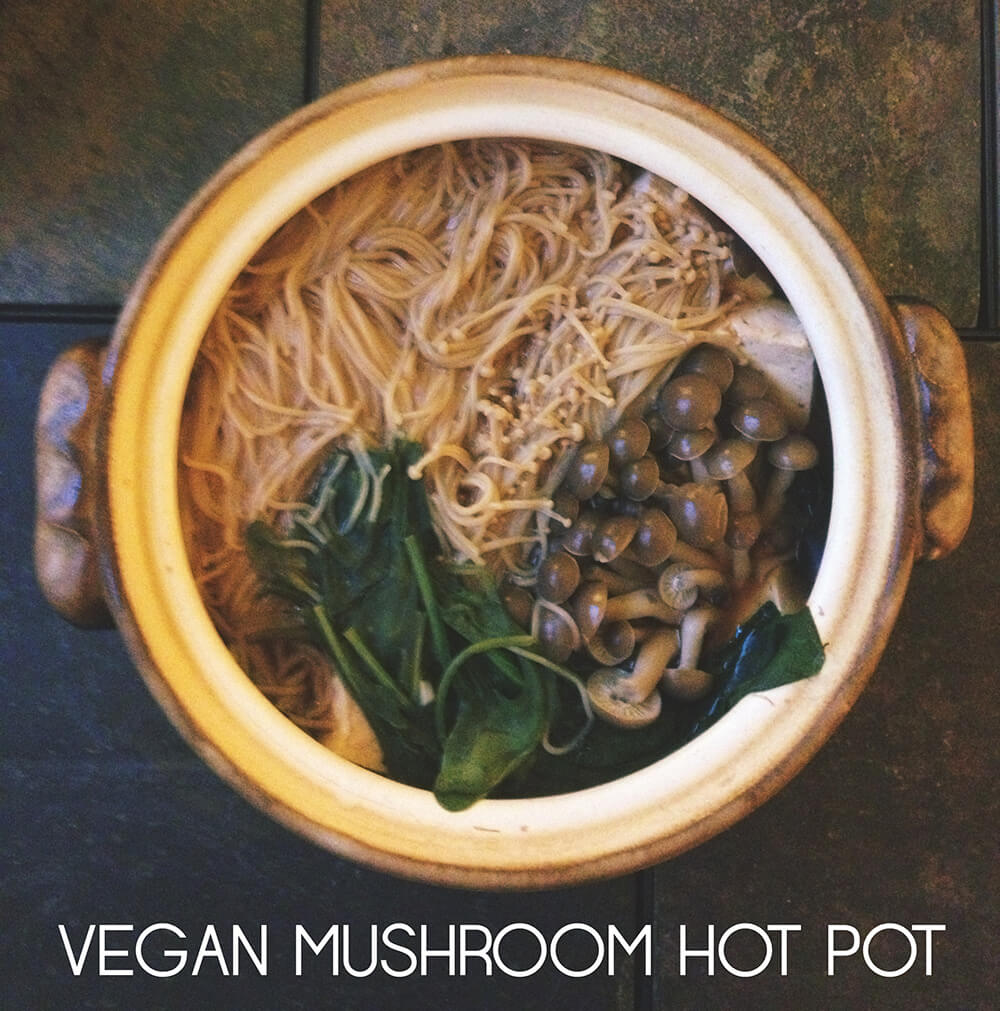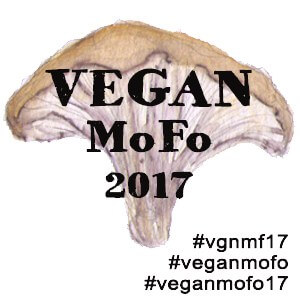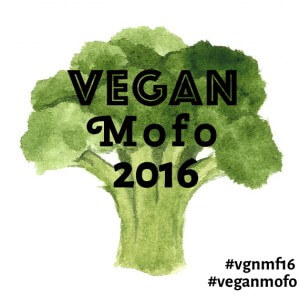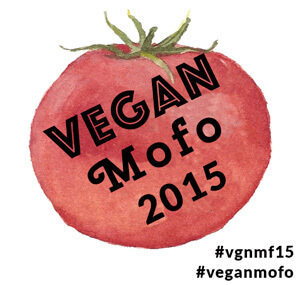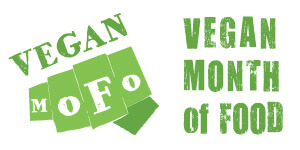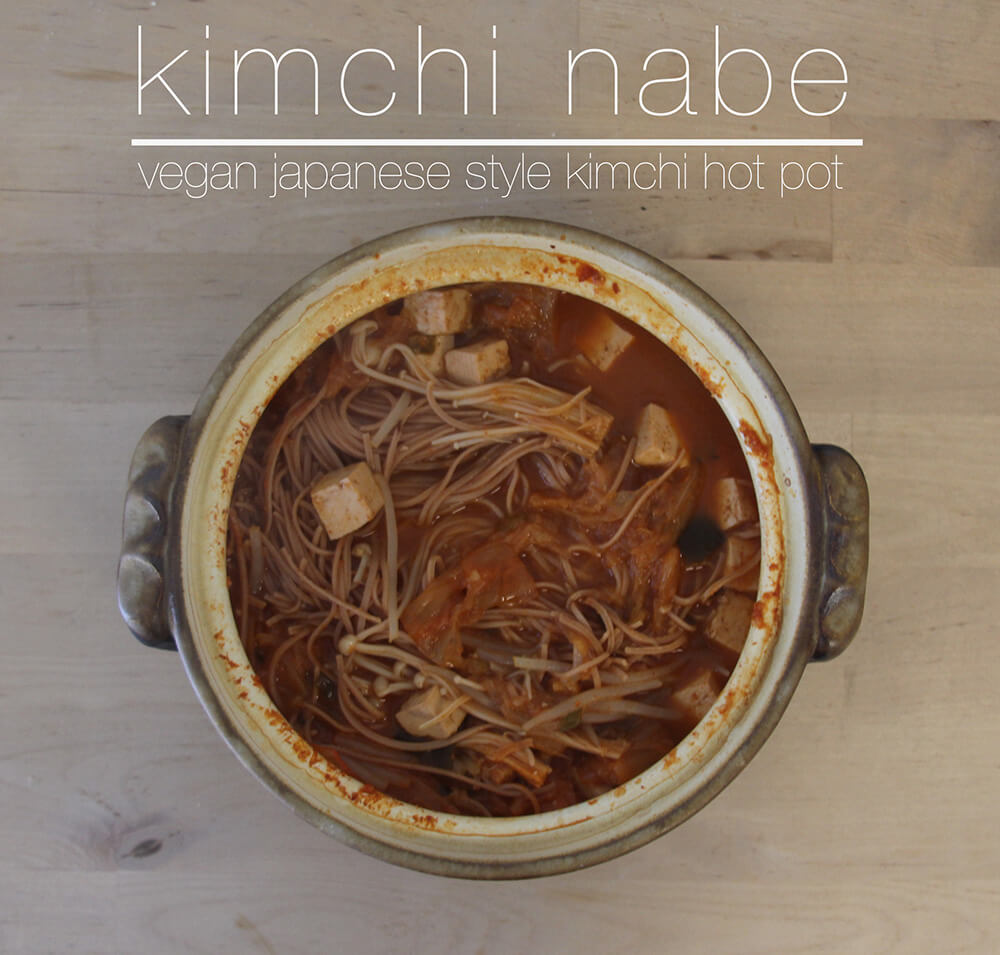
Last Monday I was able to hang out with Alexa and try out two new restaurants. It was amazing. But one thing we talked about was our diets, cuz that is what vegans and weight lifters do. Alexa mentioned how she is eating a high protein diet, trying to get about 113 grams of protein and 150 grams of carbs. It made me think about my diet, as I have started to shift towards a very carb-veggie heavy diet. I hit my protein requirements, but I like trying out new recipes. One thing I learned in art school is that sometime making rules for your art can actually help you creatively. So you might see more protein heavy recipes on the blog.
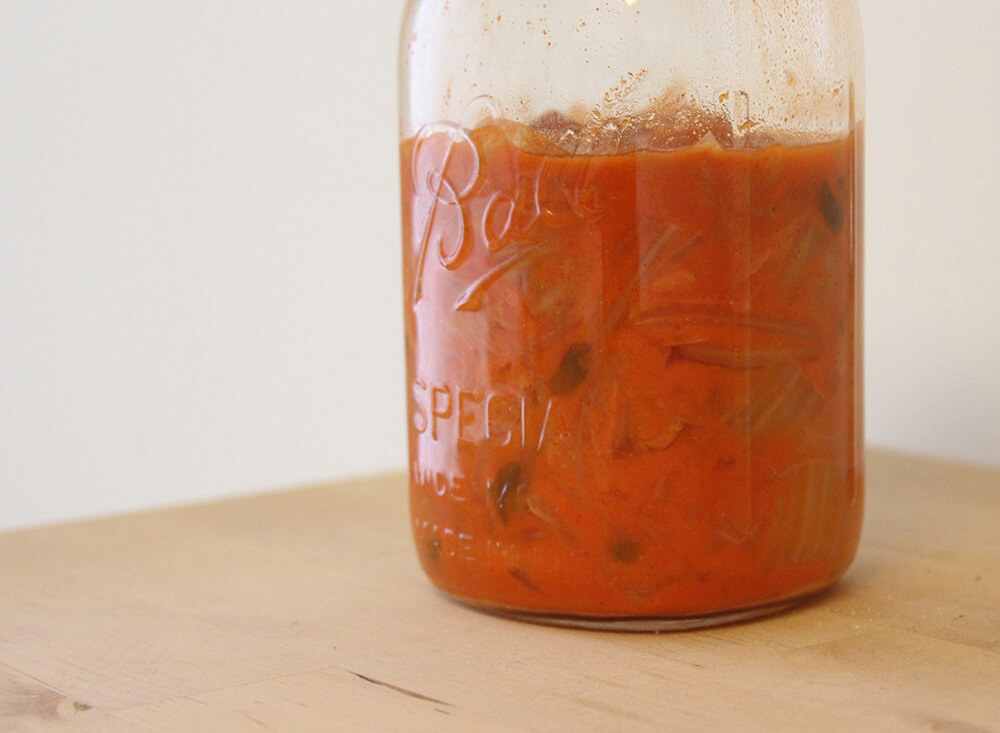
This recipe was already slated to be posted on here, but it fits Alexa’s dietary requirements. High protein and low fat. I used tofu originally in the recipe, but you can sauté some seitan and stir it with the noodles, mushrooms, and bean sprouts at the end. So how much protein? Well I actually shocked myself a little once I crunched the numbers- 52 grams of protein, 63 grams carbs, and 10 grams fat! That means 44% of the dish protein, 30% is fat, and 26% are carbs. The numbers will shift a little depending on the tofu brand you use or if you use seitan instead of tofu. The dish is pretty hearty, and is 550 calories, which might be a little too big for one person to eat in one sitting, as I can imagine with Alexa (I am usually the one cleaning a plate while she tends to just save it for later)
So where is the protein coming from? Well it is comes partly from the Explore Asian bean noodles. These noodles have particular texture so you might not want to just sub them for normal pasta. But they work well with lots of asian style dishes where they use noodles that aren’t made with wheat. That is why I think they work so well with this hot pot. A quarter of a package has a total of 25 grams of protein, making it the highest protein noodles out there…. well the same protein content as Banza chickpea noodles. I used the adzuki bean noodles, since I like the taste of red beans. The prices I am finding online are around $5 a pack, but I was able to get them at Wegman’s for $3.50, making each serving around 88¢, about 50¢ for the tofu, and $1 for the mushrooms (less if you sub for carrots or a cheaper mushroom). I am not really sure how much the rest would cost as I made the kimchi and broth at home. The other ingredients might cost a bit at first, but the last for a long time.
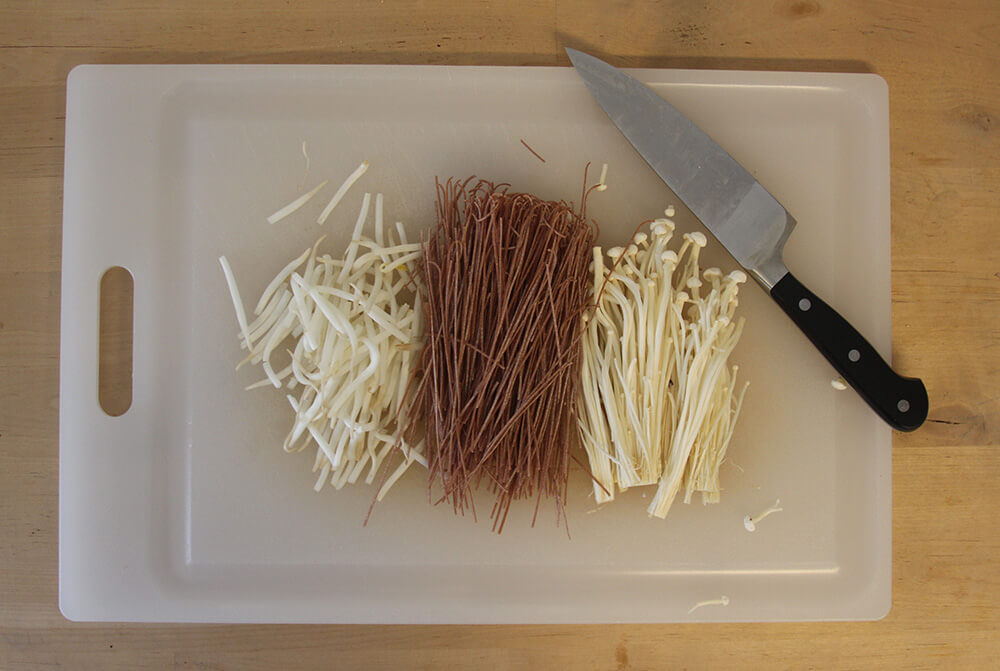
So let’s talk about the soup outside of nutritional content. Let’s talk about the cultural context. So many people know that kimchi is a korean pickled cabbage. There is also a popular korean stew called kimchi jjigae. Kimchi jjigae has become so iconic and has become a popular dish in Japan- translating into kimchi nabe. The differences are subtle, but my vegan version is a little bit more like the Japanese version… with protein noodles. If you are interested about the differences, Just One Cookbook does a good job explaining all the differences.
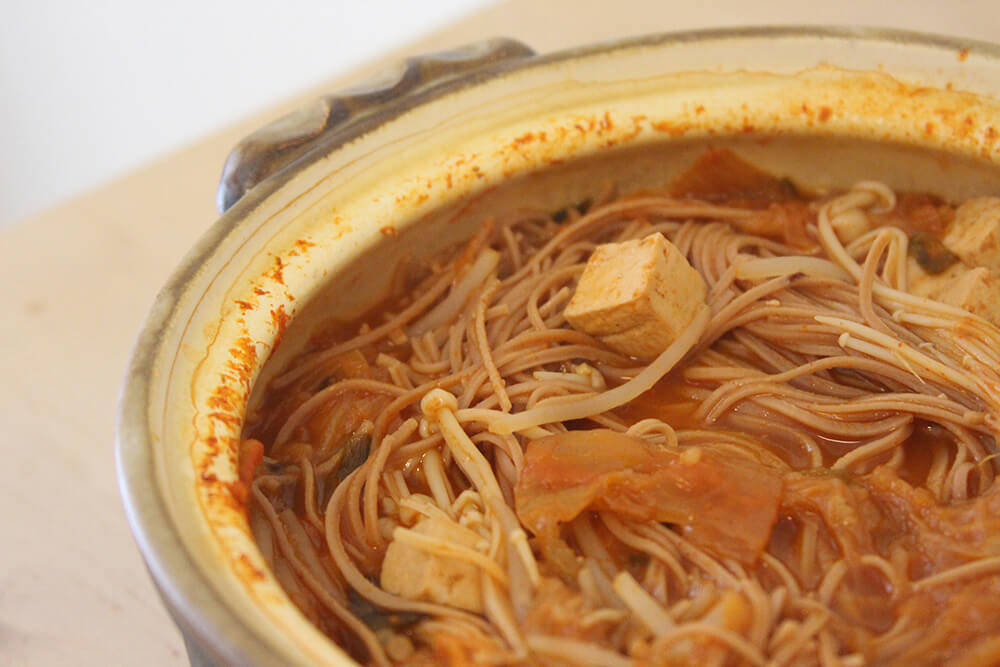
I’ve mentioned how I love my individual sized hot pots, or donabe have been a life saver. I admit, they are kind-of pricey. You can use other types of pots, and you can find similar things in Asian food markets for a discounted price. Take a look around. But since the dish is designed to be eaten by one person, the recipe is small. So if you are using a normal pot for everyone, adjust accordingly. It is easy enough to double or triple the recipe for however many people will be eating with you.
If you do buy a donabe for this recipe, I found a blog post about seasoning your pot! Most pots don’t come with manuals, so I had no idea this was something that needed to be done a day in advance. It will make your pots last longer and doesn’t take much effort to do.
